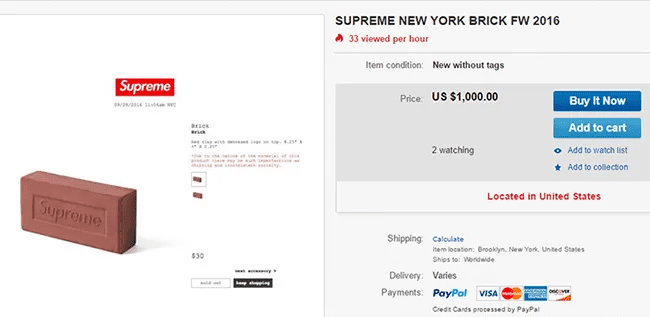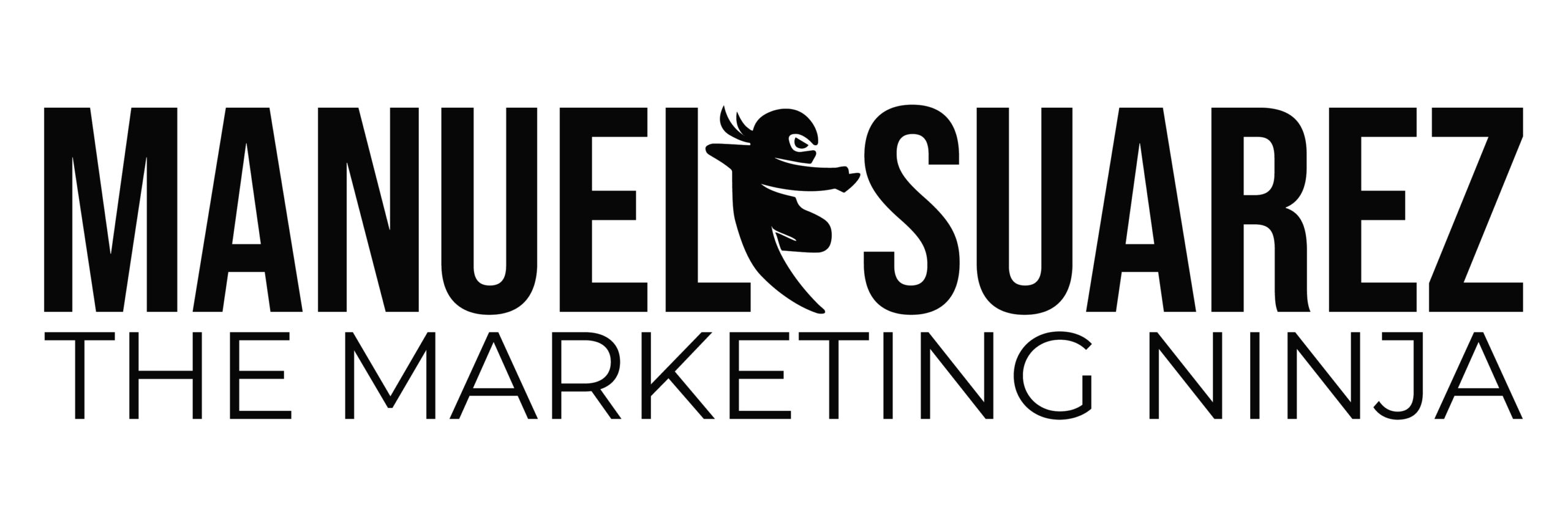Landing pages are hard.
Truly. They’re an elevator pitch, review congregation, and biography all in one- usually technically complicated- package.
Whether collecting emails, phone numbers, downloads, or payment: the goal of a landing page is to spur the user into an action they otherwise wouldn’t have taken. People are as protective of their time as they are of their data, so how do you convince someone to trust you with theirs?
That’s where ELF comes in.
What is E.L.F?
ELF- standing for Emotion, Logic, and Fear of Missing Out- is a landing page format to structure your content in the most impactful way by leveraging the three most powerful forms of persuasion.
Think back to high school debate classes. You may remember being quizzed on the concepts of ethos, logos, and pathos. The concepts of weaponizing logic, fear, and emotion in argument goes back as long as humans have been able to communicate. They were identified by Socrates all the way back in ancient Greece.
These rules still apply to the modern day.
The ELF method serves to codify these strategies into a replicable formula for any situation. When used correctly, it’s guaranteed to get results.
So how do you apply it? Well, start with…
The Emotional Element: Why Want?
Harvard Studies have found that over 95% of purchases are made by emotional impulses.
It makes sense! Everything we buy is meant to serve a purpose. We want stylish clothes to be viewed more positively, we want courses to learn new skills to improve our lives, and we want marketing to gain more leads to make more profit to allow us to help more people.
When drilled into: the logical purchases we make are to elicit an emotional response.
That’s why, when building a landing page, your first and most important element is the emotional one.
Emotional elements are responsible for making the user visualize what their life will be like once they’ve purchased your product. This can come in the form of:
- Pain points, emphasizing how this product will remove the things in your life you wish were not present, removing stress, financial burdens, and overall strife.
- Connection, how this product will make you more desirable and raise your status socially, opening opportunities.
- Wish fulfillment, how this product will fill-the-gap in what you’re missing, helping you live your dreams in the present.
- Storytelling pulls the reader into the mindset of what their life could be, making them hungry for something they didn’t know they wanted…until now.
How to Know You’ve Got Good Emotional Elements?
The goal is to elicit a vivid gut response. This is the part where you sell yourself on needing a solution.
Many elements can contribute to the feeling your lander portrays. Color schemes, high-quality images, and mouse-over elements all contribute to that feeling.

Ever notice how many fast food logos incorporate red? Wendy’s, Five Guys, McDonalds, Burger King, ect. It’s because red has been shown to elicit the emotional response of hunger.
Think of it this way. Which are you more likely to buy? A tech course with a sleek color scheme, animated elements, clear language, and quality assets? Or a website where buttons don’t work, with childish colors, and misspellings? The gut feeling wouldn’t be right for the second, so you’re likely to pass.
The Logical Element: Why Us?
Once the emotional elements have convinced the page visitor they need a solution to their problem, it’s up to the logic to convince them why yours is the best choice.
Take weight loss for example. The emotional element has already convinced them that losing weight will make them happier, and healthier, and give them more time to spend with their family. They are completely sold on losing weight. But why is your specific product the best way to do it?
That’s where logic comes in.
The logical elements of your product are the nuts and bolts of what makes your product uniquely qualified. This usually comes in the form of:
- Key Features
- Materials/Ingredients
- Production Method
- Promised Results
- Guarantees
- Quantifiable Data
- Social Proof
- Certificates
And much more. It all comes down to good copywriting!
Now, the key thing to remember is that logic is still here to support the emotional reason. Which is why every logical feature should be paired with its emotional purpose.
Take for example: “We only use the highest quality wood.” Great! But what does that mean?
Instead, try, “We only use the highest quality wood: so our products are waterproof and durable enough to last outdoors for years, guaranteed. Don’t believe us? Here’s Nancy, who left her table in the rain during a storm…”
How to Know You’ve Got Good Logical Elements?
The best way to decide if you’ve covered your logical bases is to ask a friend with very little experience in the product what information you’re missing.
The goal of logic is to answer every question a user could have. Overcome objections before they have time to raise. Why should I trust you? When would I use this? Why wouldn’t I go for something cheaper? Why is it so cheap? Who has used it before? If I don’t like it, can I return it?
The more questions you can answer, the less hesitation the end user will experience. Take the risk out of the purchase by making them informed.
(PS. This is why Q&A Sections, or ‘Frequently Asked Questions’ sections on websites are so powerful.)
The FOMO Element: Why Now?
So you’ve convinced the visitor they have a problem, and you’ll be the one to solve it. Next step: convince them the best time to solve it is now.
The goal here is to avoid your product languishing in the cart for months to be forgotten. Generally, it’s out of sight, out of mind.
Most of us who have online shopped have experienced this form of procrastination. Especially when we’re comparing multiple products. We’ll pull up a couple dozen tabs, read through a few of them, then put off making a decision. After all, why do I need to do this now?
That is where FOMO comes in.
FOMO comes from the phrase fear of missing out. This is when you invoke time pressure to elicit an immediate response. Any time you’ve rushed to grab the last item on a shelf because you weren’t sure it would be there next time you came, you’ve experienced FOMO.

Many brands have been built off the back of FOMO. The most famous example, Supreme, has managed to sell a literal red brick for $30 through pure fear of missing out. Others are now selling the same brick for over $1000 on eBay.
There are a variety of ways to elicit FOMO in your visitor. Including…
- Limited-time sales & offers.
- Limited stock or seats in a class.
- Limited runs of certain objects
- Bonuses only if you sign up NOW.
- Social Pressure/ Widespread Adoption Claims.
- Timer elements, clock elements, or other countdowns on screen.
- Emphasis on what you’re losing every second you don’t have this product.
How to Know You’ve Got Good FOMO Elements?
FOMO is all about a sense of urgency. That if you don’t do this now, you are actively missing out. This product is not something to do when you get to it, but something you need at this moment.
To test if you have good FOMO, compare the amount of abandoned carts to finished purchases. Are visitors interested in the product, spending a good bit of time on the page, but just not converting? FOMO is likely the reason.
Why Does This All Matter?
The ELF framework provides a battle-tested formula for hacking the decision-making process.
By leveraging emotion at the top, you create an immediate connection with your audience, tapping into their desires, aspirations, and pain points. Then you provide proof that you are the best fit with logic, testimonials, and evidence. And finally, you push them into action by making them decide now.
When attention spans are short, competition is high, and conversion rates hover in the low 2% ‘s you cannot afford to leave landing pages up to gut instinct. It takes a structure you can rely on.
So yes, landing pages are hard. But with ELF, they can be made a little easier.


